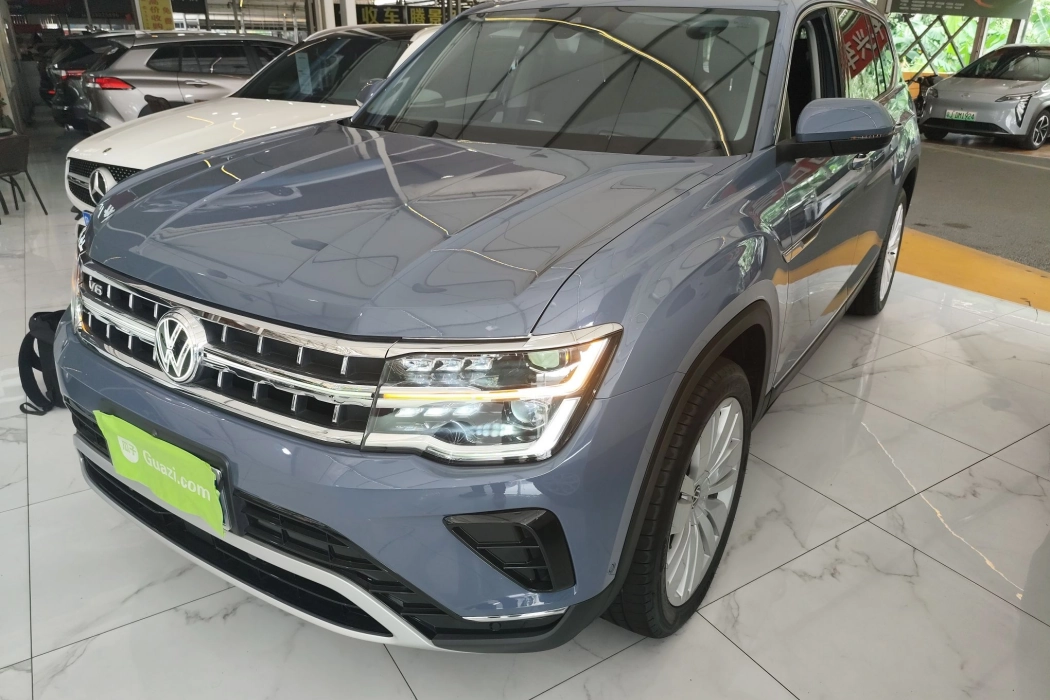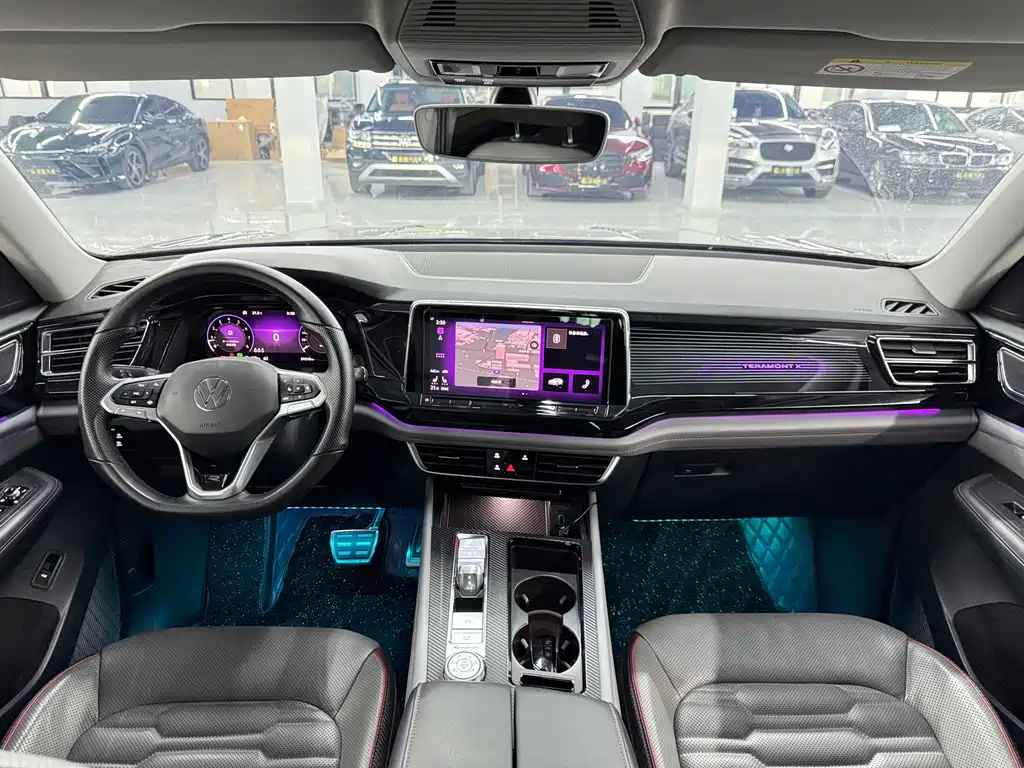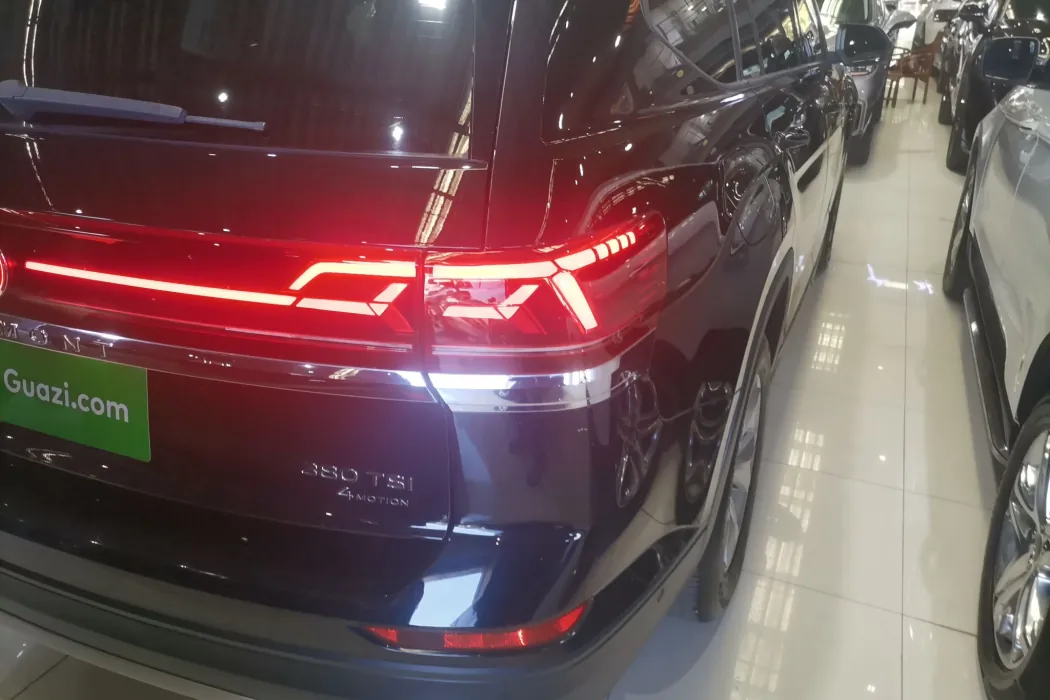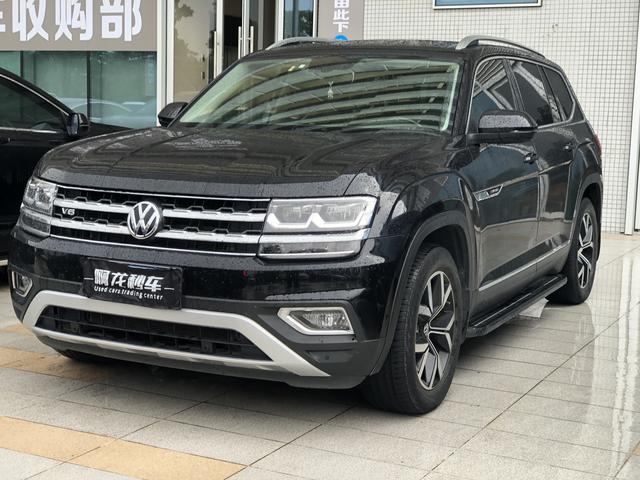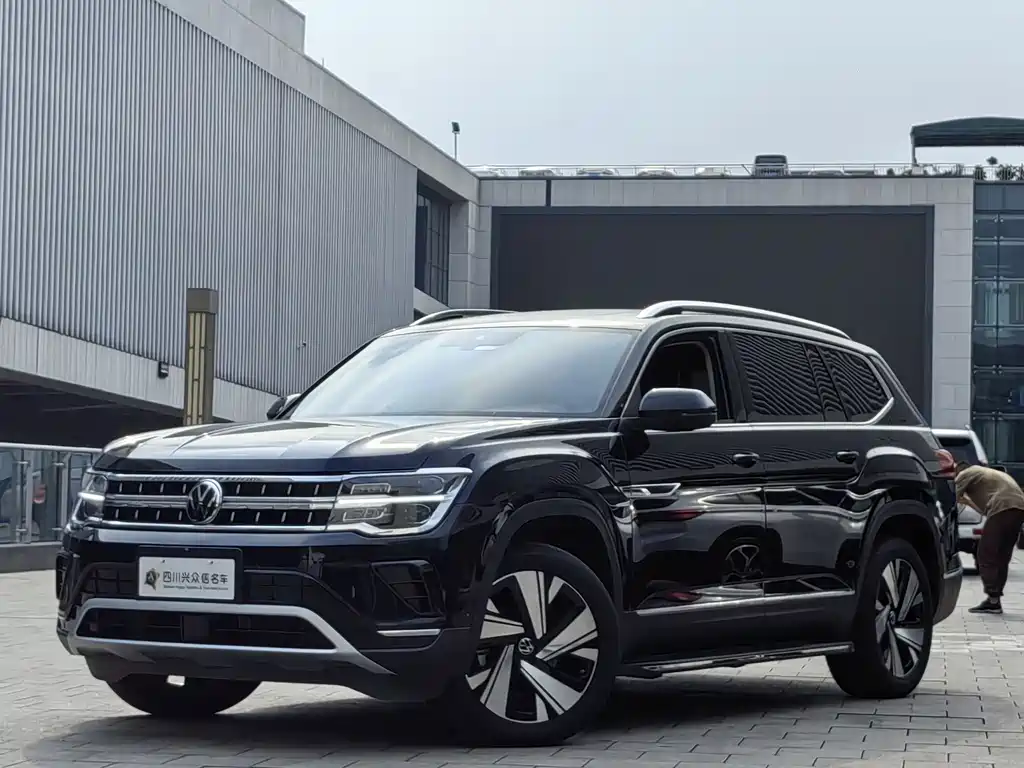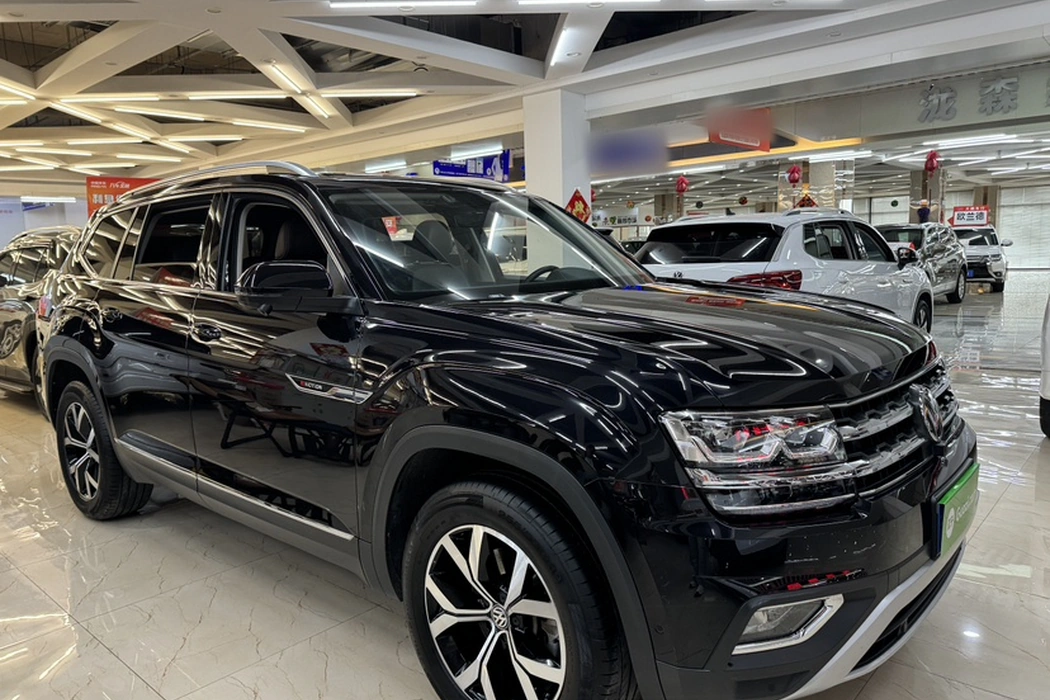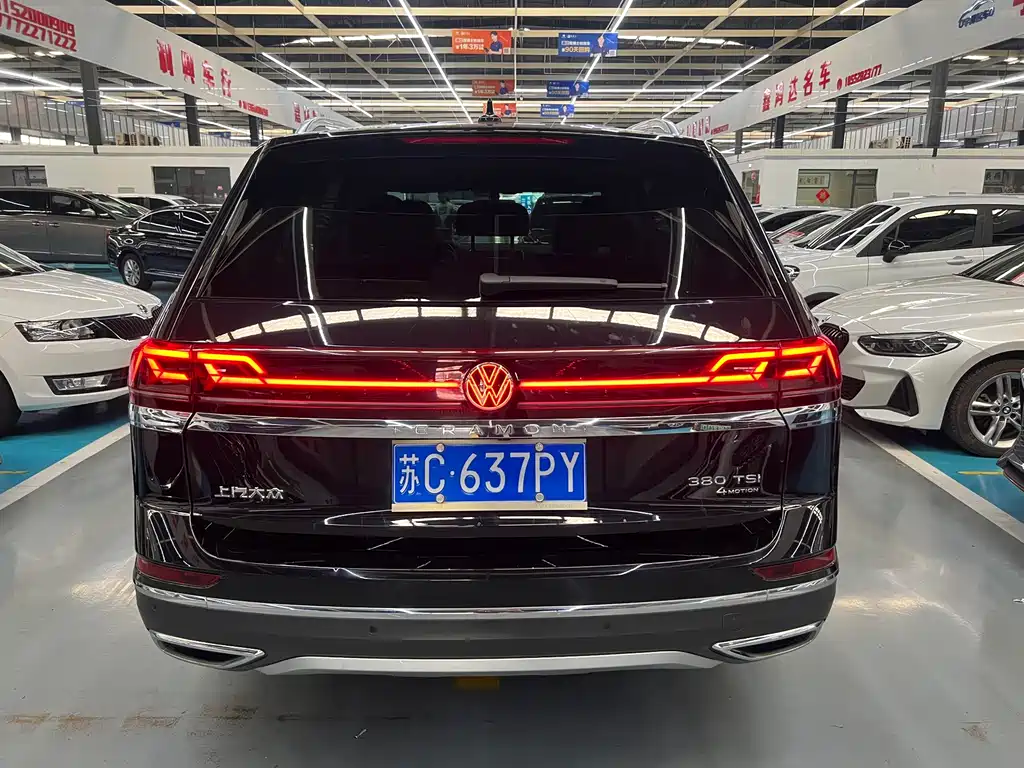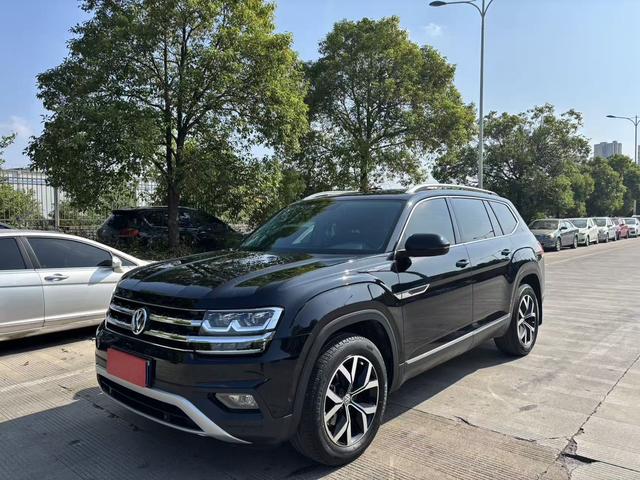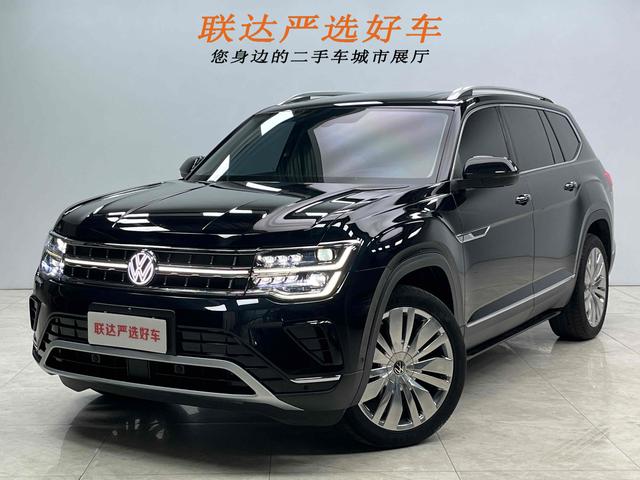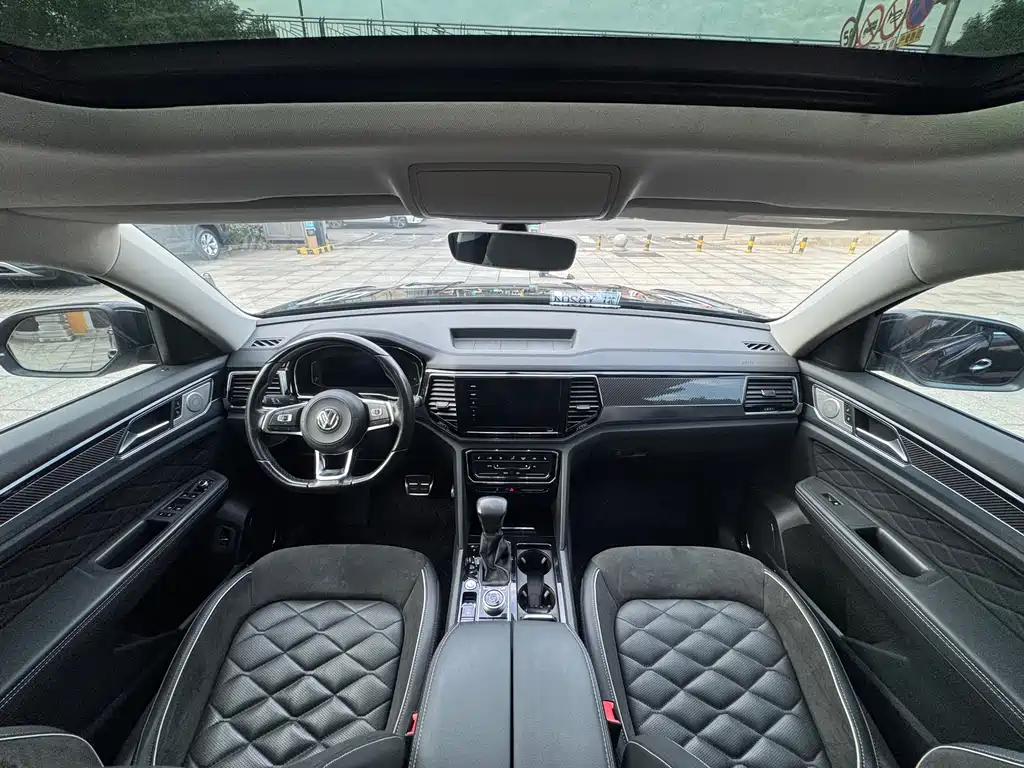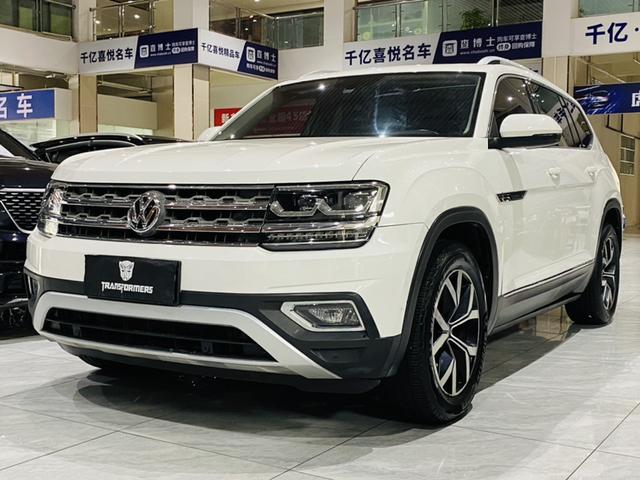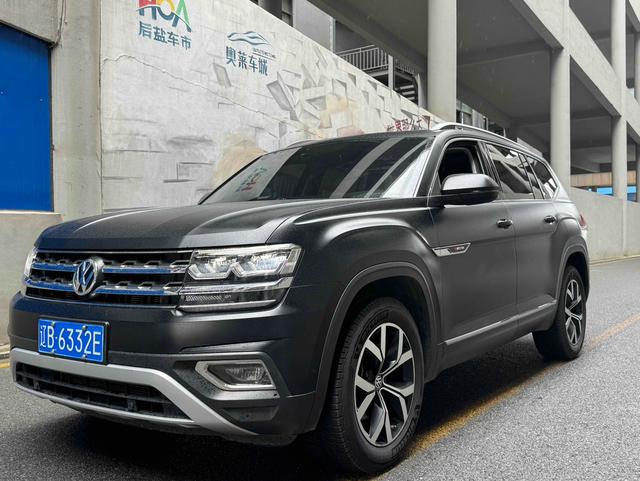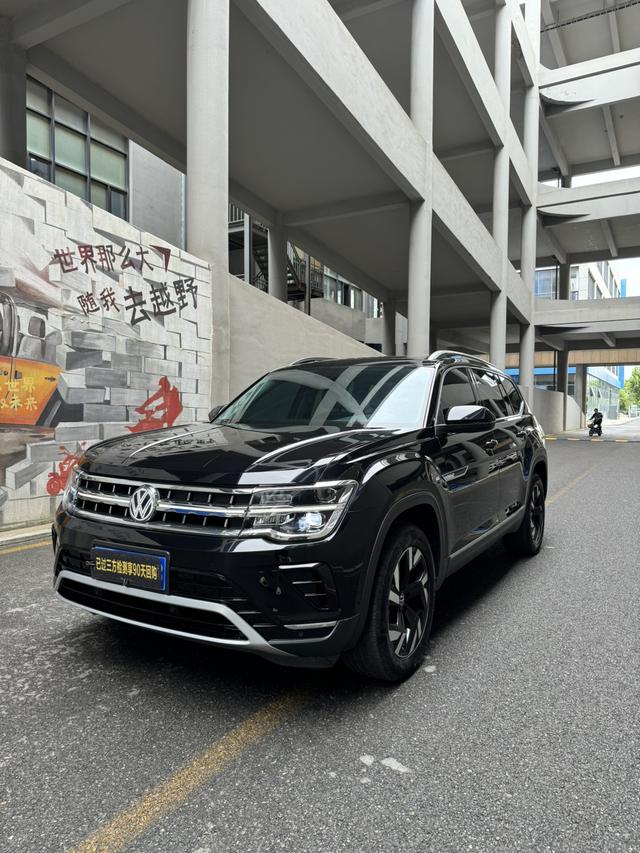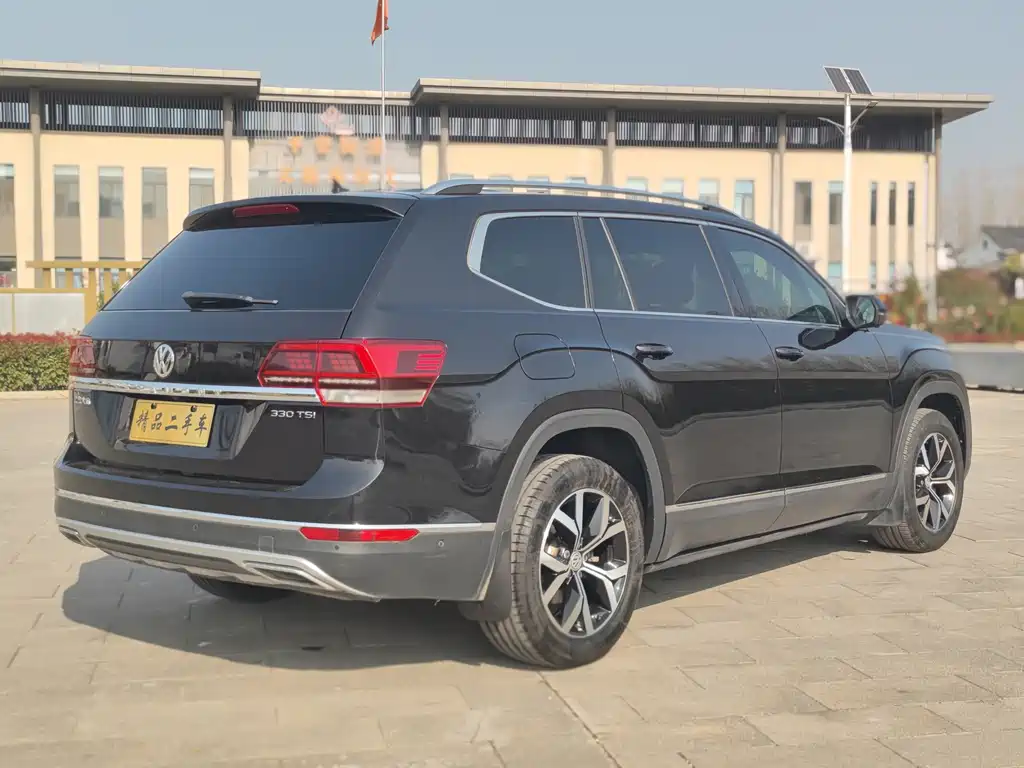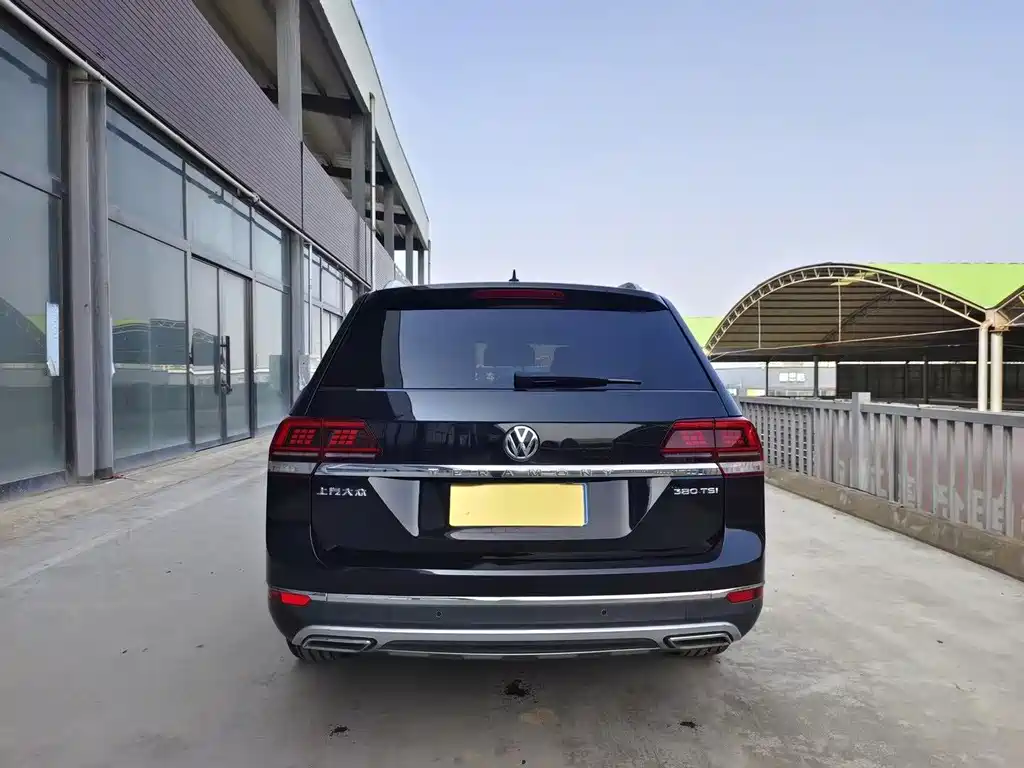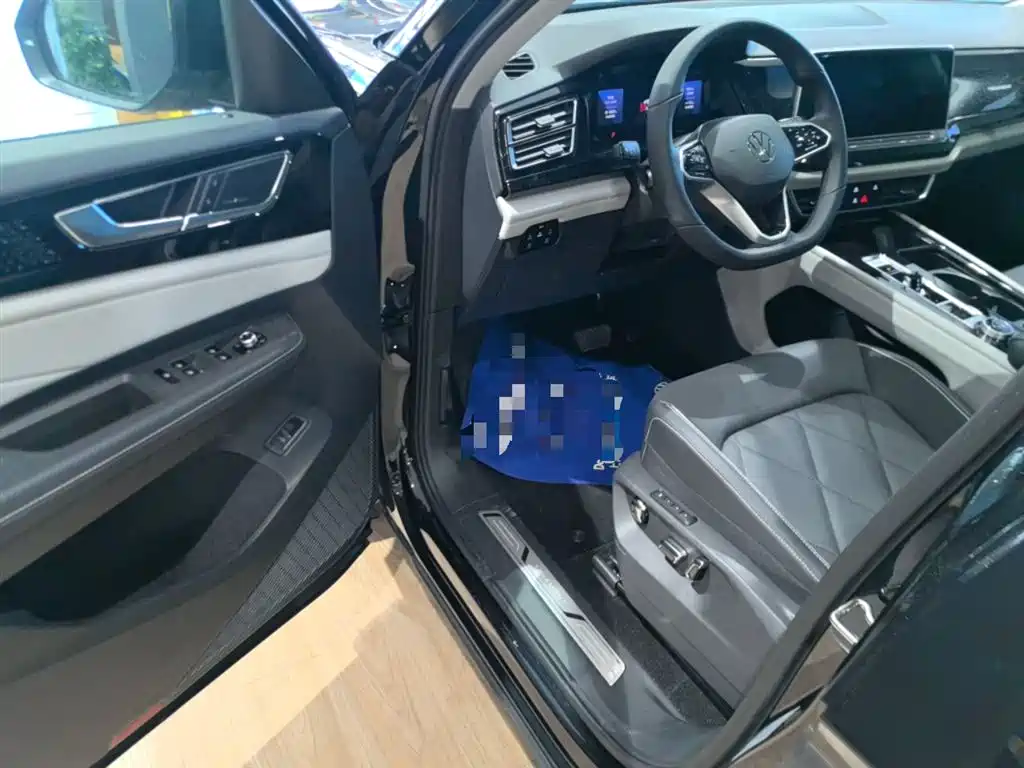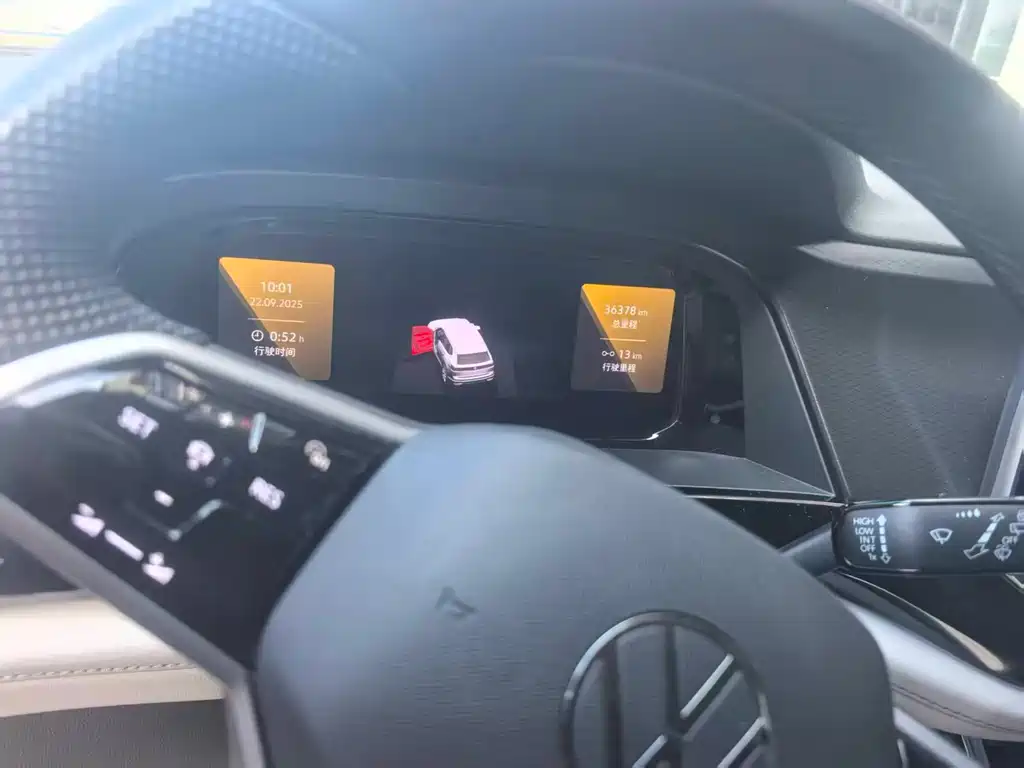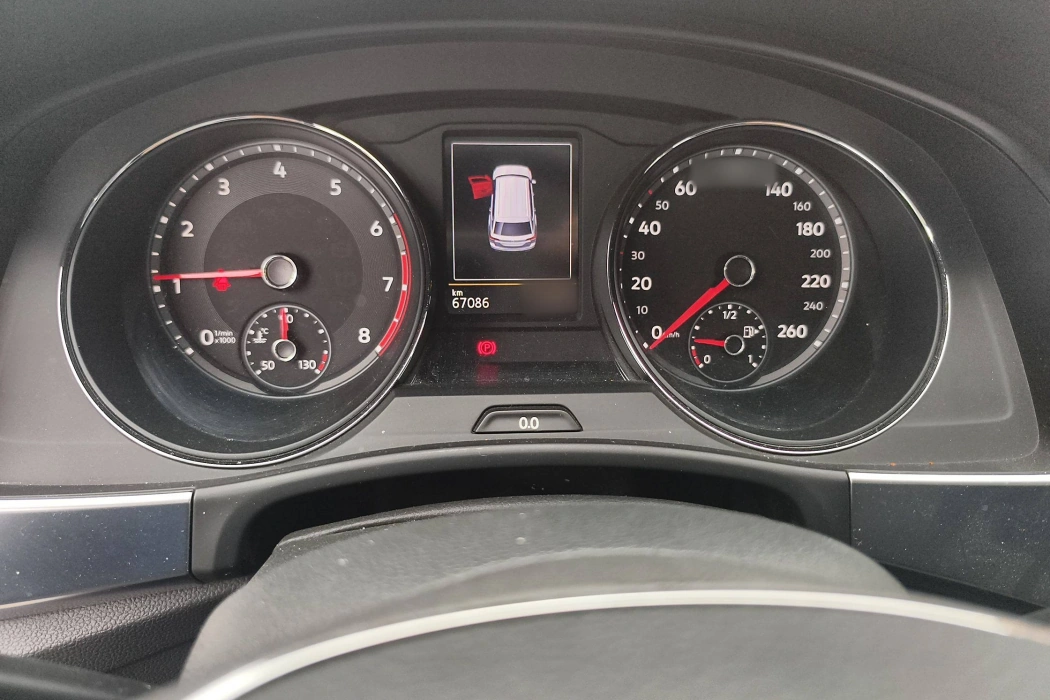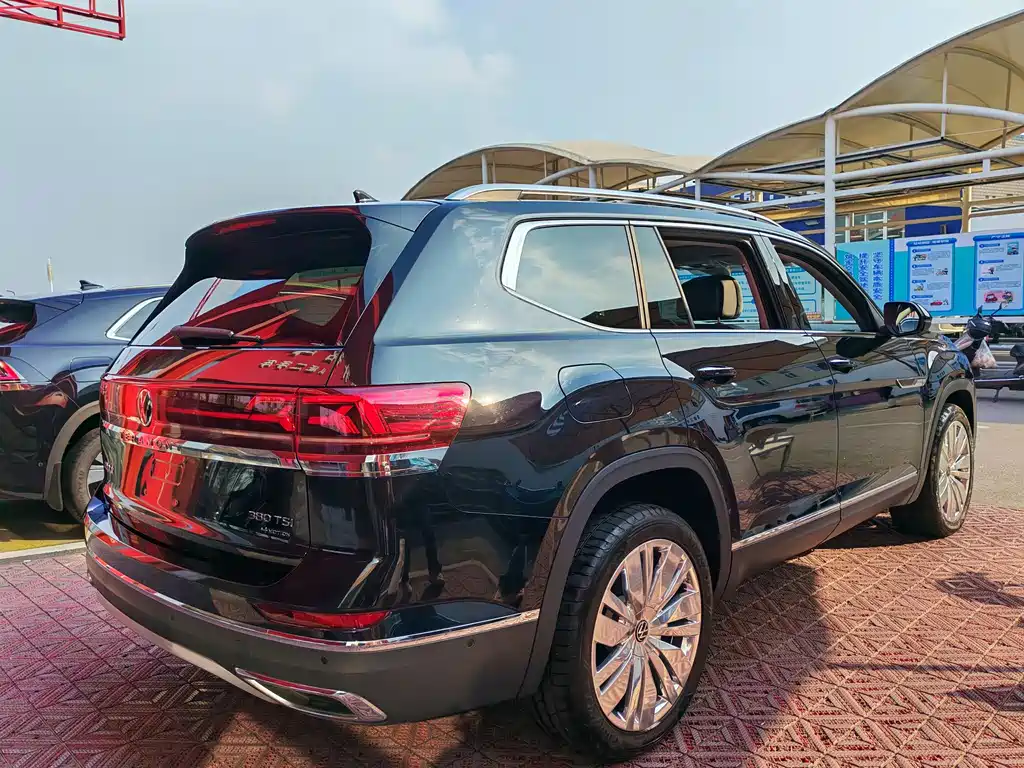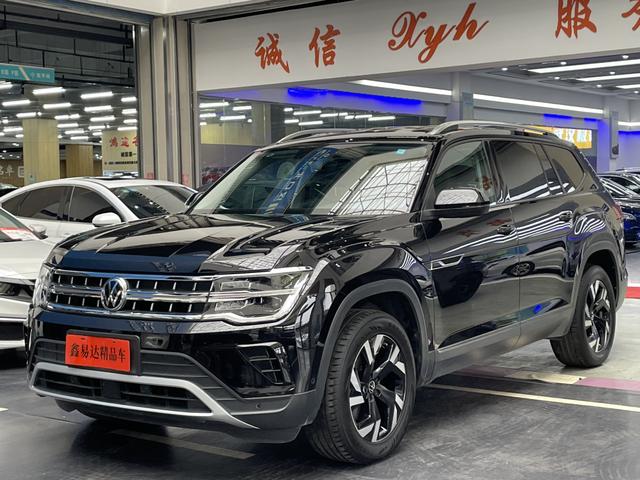Volkswagen Teramont was officially launched in the domestic market in 2016 and has been developing for about 5 years now, attracting a considerable number of consumers. As a mid-to-large SUV under SAIC Volkswagen, Teramont's main competitors include the Buick Enclave and Ford Explorer. Last week, I had the opportunity to test drive the 2020 Volkswagen Teramont and, after a two-day experience, gained a detailed understanding of this vehicle. I would like to share this test drive experience with you all, hoping to provide some reference value.
Exterior design is more conservative
The design language of the Teramont is probably quite familiar to everyone. Although it has undergone several annual facelifts, the overall design style has not changed significantly. The front grille adopts a horizontal design typical of the Volkswagen family, with two chrome-plated strips connecting the headlamp groups on both sides and running through the logo, which enhances the visual width of the front to some extent. The multiple raised lines on the bonnet provide a rather strong sense of muscle, a detail that I personally like a lot. The rear side of the car has a relatively simple design; the waistline extends from the front of the car to the taillights, but the curve at the wheel arch looks a bit odd and could have been better integrated. Overall, the Teramont's design style is more stable, with a wide body and sharp lines adding some robustness to the vehicle.
Interior space is very spacious
As an SUV model that leans towards home use, Teramont's seating space and storage space are quite considerable. With my height of 179cm and the front seat adjusted to its lowest position, there is still about a fist's worth of space left above my head. The second-row space is a highlight of this car; sitting normally, the legroom can gain more than two fists of excess (when adjusted to the furthest back). The third row is slightly cramped, but seating two adults is not a problem. When the rear seats are not folded down, the regular trunk volume is only 286L, yet it can still accommodate 2-3 suitcases. If large luggage needs to be stored, the rear seats can be folded down, and the expanded volume becomes very impressive, even serving as a double bed during self-driving trips.
Comfort configuration is rich
The test drive model used leather upholstery, which in terms of seating comfort is noticeably a step above some fabric seat materials. Additionally, the seats in both the front and rear rows of the Teramont are very wide, with filling material that is moderately firm, and the side wings provide good body support. The driver's and passenger's seats come with electric adjustment functions, and both the front and rear seats offer a heating function, which is quite reliant upon by northern car owners during winter.
Power reserve is quite sufficient
When I first got the Volkswagen Teramont, honestly, its large body did give me quite a bit of trouble, requiring extra caution in congested traffic conditions. The Teramont's driving vision is quite open, and it's easy to observe the surroundings during daily driving, which I am very satisfied with. The test drive model is equipped with a 2.0T turbocharged engine with a maximum power of 220Ps and a peak torque of 350N·m, paired with a 7-speed wet dual-clutch gearbox. In terms of driving experience, I personally feel that the Teramont's driving style is quite similar to that of the Tiguan L, making it very easy to get used to. The throttle setting at the beginning is very sensitive, so even though it weighs about 2 tons, getting the car moving does not feel "heavy." The power reserve is completely sufficient for daily home use, and overtaking on the road is quite easy. The gearbox performs moderately, although gear shifting can be slightly hesitant in stop-and-go traffic.
Chassis performance is somewhat disappointing
The Volkswagen Teramont uses a combination of front MacPherson independent suspension and rear multi-link independent suspension, but its chassis tuning hasn't particularly prioritized comfort. For instance, driving on undulating roads, there are some residual shocks transmitted to the interior, and the rear suspension isn't particularly decisive when going over speed bumps. However, the suspension can still filter out gravel or seams on the road fairly effectively. Overall, the chassis still has room for improvement, lacking a bit of a premium feel.
Conclusion: After two days of test driving, I've gained a deeper understanding of the Volkswagen Teramont. First of all, I am impressed with the comfortable seating space, even when the car is fully loaded. The wide body looks imposing, and from a design perspective, it doesn't feel tacky. The power performance is excellent, and if the chassis tuning were more refined, I believe its driving quality would be enhanced. All in all, the Volkswagen Teramont has good product competitiveness among models of the same class.







